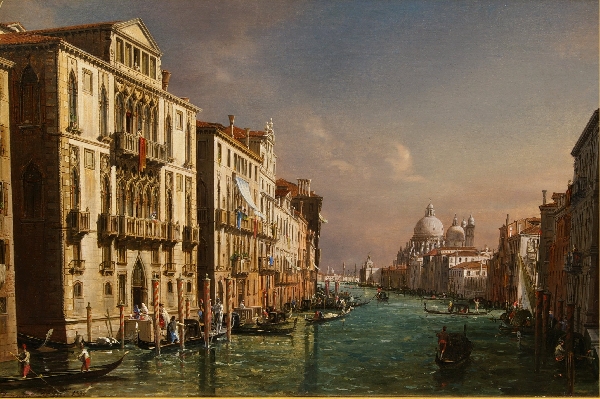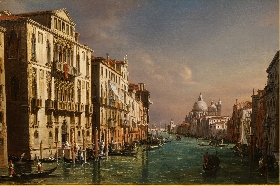Artists Biography
Francesco Zanin
Italian 19th Century
Zanin was painting dramatic and picturesque views of Venice, marked by strong contrasts of light and shade and free handling. Meanwhile, partly under the influence of Canaletto, Zanin began to turn out views which were more topographically accurate, set in a higher key, and with smoother, more precise handling, characteristics that mark most of his later work. This phase of his work culminated in this splendid work titled The Grand Canal, Venice. At the same time he began painting the ceremonial and festival subjects which ultimately formed an important part of his work.
His patrons were chiefly European collectors, for whom he was believed to have produced a series of views in uniform size. It is popularly believed that he also made a remarkable series of drawings in pen, and pen and wash, as both preparation for paintings and independent works of art. This led to changes in his style of painting, increasing an already well-established tendency to become stylized and mechanical in handling. Experts in Venetian art observe the probable use of the camera obscura as an aid to composition.
His depictions of the splendour of the grand Venetian palazzos are always drawn with breathtaking precision and faultless perspective drawing and he manages to achieve something of the light atmosphere and mystique for which the master is so highly prized.
Zanin’s work appears frequently on the international market and is always keenly contested in both Europe and America



